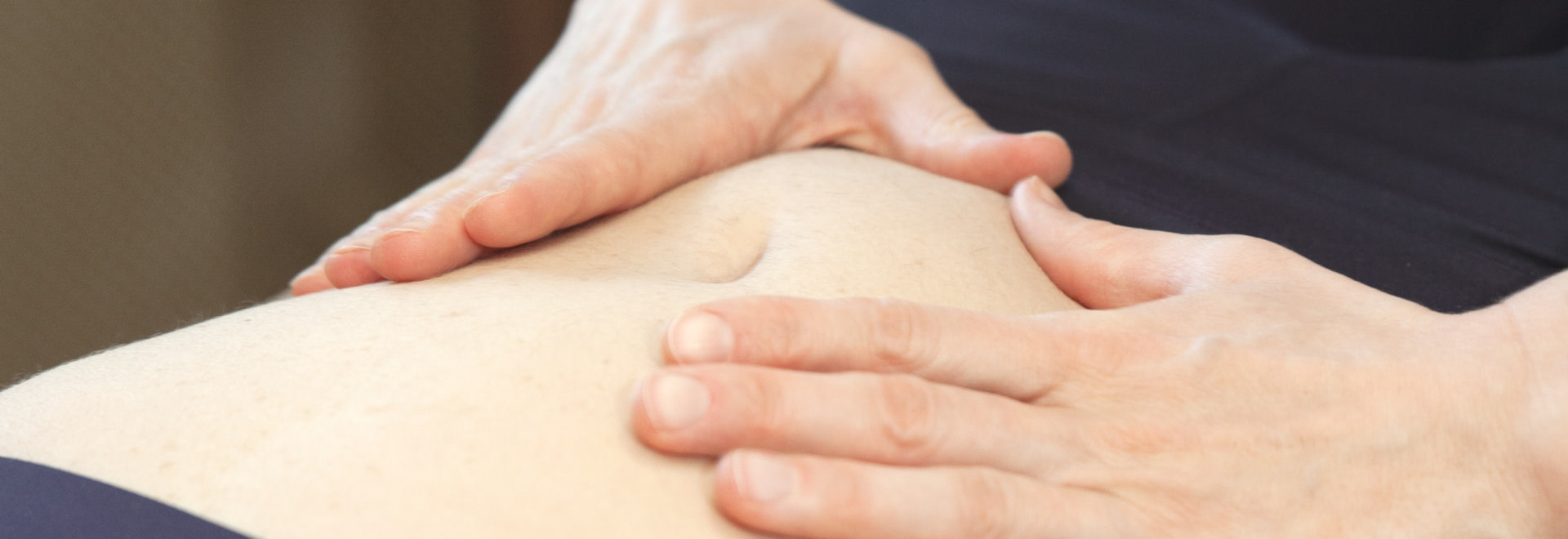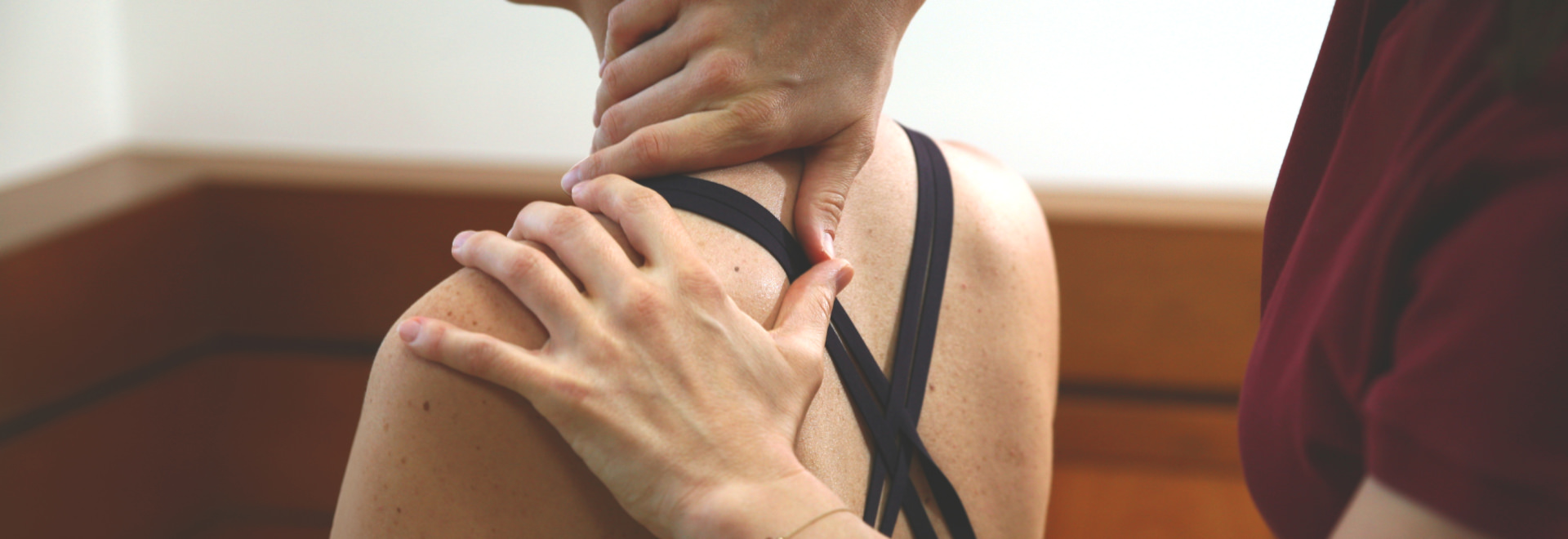
Women's health
Physiotherapy for women addresses their unique health needs at various life stages. I provide specialized support for pregnancy, postpartum issues, urinary incontinence, pelvic pain, and menopause. These problems can sometimes impact self-esteem and self-worth, leading to frustration, shame, and anxiety.
My mission is to empower women with the knowledge and tools to build healthy habits. I help women regain comfort and confidence by addressing physical and emotional aspects, inspiring them to take control of their health and well-being.

Check-up after childbirth (including vaginal internal examination)
Pregnancy and childbirth significantly impact a woman’s body. During this visit, ideally after the postpartum period, I will assess your body posture, pelvic floor muscle condition and function, rectus diastasis, and breathing technique. I will examine how your body has regenerated or is regenerating and check scars from a cesarean section and perineal tears. You will receive preventive advice, and if necessary, I will propose a rehabilitation plan.
Physiotherapy for women during pregnancy
If you experience pain during pregnancy, such as buttock pain, groin pain, numb hands, or back pain, know that you don’t have to suffer until childbirth. Pregnancy doesn’t have to be painful. Depending on the cause of your pain, physiotherapy offers many tools to improve your comfort.
Returning to activity after childbirth
Do you need help determining when to start exercising safely and at what intensity? Are you unsure which activities are safe? I will create a personalized exercise plan tailored to your current condition, ensuring you can safely return to or begin physical activity.
Support during the postpartum period
A woman’s body undergoes many changes during pregnancy. While the uterus returns to its original size within six weeks after childbirth, full recovery takes more time. Physiotherapy should start as soon as possible, ideally around two weeks after birth or when you feel strong enough, with a follow-up consultation around six weeks after your gynecologist check-up.
I will check the condition of your abdominal tissues and any scars from a cesarean section, recommending early rehabilitation if needed. In the initial sessions, we focus on activating the pelvic floor muscles. I will also evaluate your posture and provide advice on performing daily activities to support your recovery. This comprehensive approach ensures a safe return to full fitness.
Training for pregnant women and after childbirth
Don’t want to give up activities during pregnancy and after childbirth? I will advise whether a particular discipline is safe and modify the exercises. Didn’t exercise before pregnancy? It’s not too late. It’s worth starting an activity because exercises have many positive side effects, including helping to alleviate unpleasant pregnancy symptoms, speeding up recovery after childbirth, and preparing the body for all the tasks connected to caring for the baby.
Disrupted pelvic floor function
Do you feel that something is wrong with your pelvic floor, but you are not sure what? Do you want to check if everything is functioning correctly? Are you experiencing urinary incontinence during exertion, sneezing, or coughing? I will help you find the cause of this situation, explain the options we have, and provide solutions.
Prolapse of the reproductive organs
Have you received a diagnosis from your gynecologist and don’t know what to do next? While the outcomes depend on the severity of the condition, I will develop an action plan to improve your quality of life and teach you how to prevent the issue from worsening.
Painful periods
It’s not true that menstruation must be painful. Sometimes, pain is caused by overly tense tissues in the abdominal and pelvic areas. Improving tissue mobility through manual therapy and exercises may reduce discomfort enough that you won’t need to take painkillers.
Preparing for pregnancy
Preparing the body for pregnancy involves a series of individually tailored sessions to strengthen muscles, improve flexibility, and prepare the body. I will develop an exercise and therapy plan that considers the individual needs of the patient and any health problems. These exercises may include techniques that strengthen/relax pelvic floor muscles and improve body posture to alleviate unnecessary discomfort associated with future pregnancy. Additionally, manual therapy can relieve muscle tension and improve range of motion. Preparing the body for pregnancy in the physiotherapy office aims to increase a woman’s comfort and physical fitness during pregnancy and helps prepare for childbirth.
Rectus Diastasis Abdominis
Rectus diastasis abdominis is a condition in which the rectus abdominis muscles separate due to stretching or weakening of the intermuscular fascia. This is a common phenomenon in pregnant women but can also occur in obese individuals or after significant weight loss. Rectus diastasis may manifest as a bulge or "protrusion" in the middle of the abdomen, especially during physical activity or muscle contraction. Various physiotherapeutic methods such as strengthening exercises, manual therapy, and other techniques are used to treat rectus diastasis to alleviate discomfort associated with its separation and restore optimal muscle function. An individual therapy plan may include strengthening exercises, breathing techniques, manual therapy, and advice on a healthy lifestyle.
Scar therapy after caesarean section and perineal incision (episiotomy)
Scar therapy is often recommended as part of the recovery process after a cesarean section or perineal incision. It involves applying various physiotherapeutic techniques, stretching exercises, and breathing techniques to alleviate discomfort, improve tissue elasticity, restore sensation, reduce the risk of complications, and optimize the functioning of the affected areas. Rehabilitation can also help prevent the formation of adhesions, which can restrict movement and cause pain, significantly impacting the patient’s quality of life.
Scar mobilization methods include various techniques, the choice of which depends on the patient’s characteristics, the type of scar, and the time elapsed since its formation. The patient will receive instructions and guidance on scar therapy.



